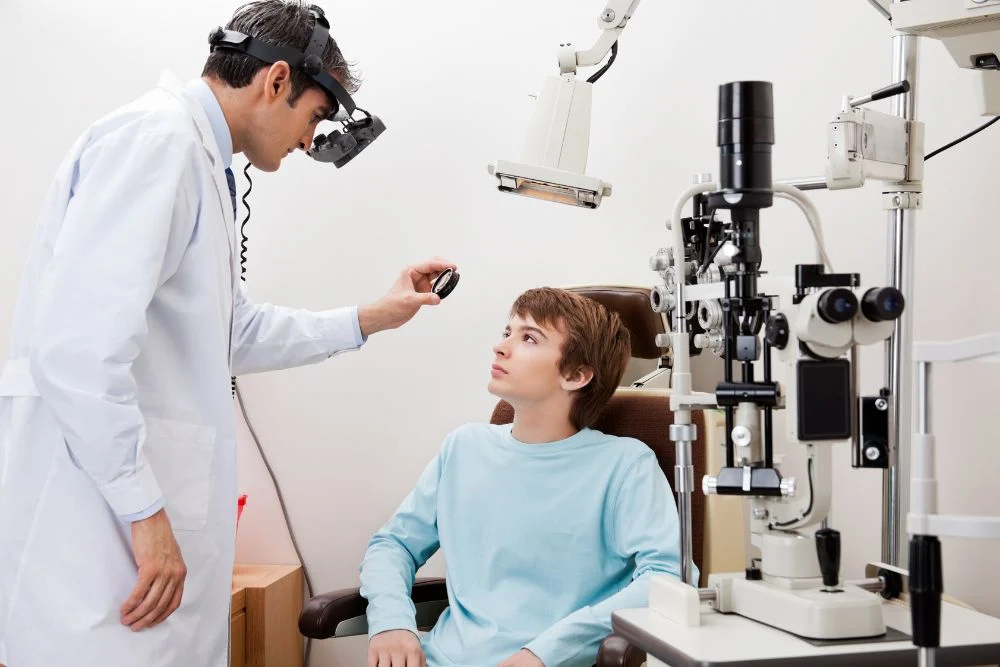Exploring Inherited Retinal Diseases

Originally published by Vitreoretinal Consultants of New York
Inherited retinal diseases are a group of rare conditions that damage the retina, the light-sensitive layer in the back of the eye. These diseases are hereditary and can vary in severity, often leading to progressive vision loss. Here's an overview of different inherited retinal diseases and their impact on vision.
Stargardt Disease
Stargardt disease, also known as juvenile macular degeneration, is a rare genetic disorder where the macula, the oval-shaped area at the center of the retina, deteriorates. The macula controls central vision, enabling the eye to see fine details, recognize faces, and read. Stargardt disease typically manifests in older children, teens, and young adults.
Familial Exudative Vitreoretinopathy (FEVR)
FEVR is a rare genetic disorder in which the blood vessels that supply the retina with blood and oxygen become blocked, leading to the formation of scar tissue. As the scar tissue recedes, it can pull at the retina, causing detachment and vision loss over time.
Retinitis Pigmentosa
Retinitis pigmentosa is a genetic condition where the photoreceptor cells (rod and cones) in the eye deteriorate, impacting how the retina responds to light. This can lead to vision loss over time, worsening night vision, or problems with color perception.
Juvenile Retinoschisis
Juvenile retinoschisis, also known as X-linked retinoschisis, is a rare eye condition that primarily affects young boys. Individuals with this condition typically experience a decline in vision early in life, which later stabilizes. However, vision can deteriorate further in late adulthood. Juvenile retinoschisis can lead to problems such as retinal detachment, vitreous hemorrhaging, and eventually total blindness
Choroideremia
Choroideremia is a condition in which the cells of the retina and the choroid blood vessels start to deteriorate. It primarily affects males and can result in loss of central vision. Symptoms include night blindness and tunnel vision. It is advisable for families with a history of this condition to seek genetic counseling.
Achromatopsia
Achromatopsia is a rare hereditary eye condition characterized by a limited number or total absence of functioning photoreceptors in the retina. This affects color vision and light sensitivity, causing individuals to only see shades of black, white, and gray. Some people with achromatopsia experience severe visual impairment, while others may retain some vision.
Cone-Rod Dystrophy
Cone-rod dystrophy is a condition in which the light-sensitive cone and rod cells in the retina deteriorate, leading to gradual vision loss. This condition typically manifests in childhood, with many individuals experiencing legal blindness by early adulthood. Symptoms include reduced visual clarity, increased sensitivity to light, blind spots, diminished peripheral vision, night blindness, and poor color perception.
Seeking Help for Inherited Retinal Diseases
Inherited retinal disease symptoms can appear in early childhood and result in gradual vision loss. Like many genetic disorders, there are clinical trials available to explore potential future treatment options. At Vitreoretinal Consultants of NY, our team of expert retina specialists can accurately diagnose and help manage inherited retinal diseases, and can also refer you to any available clinical trials. Contact us today for more information.